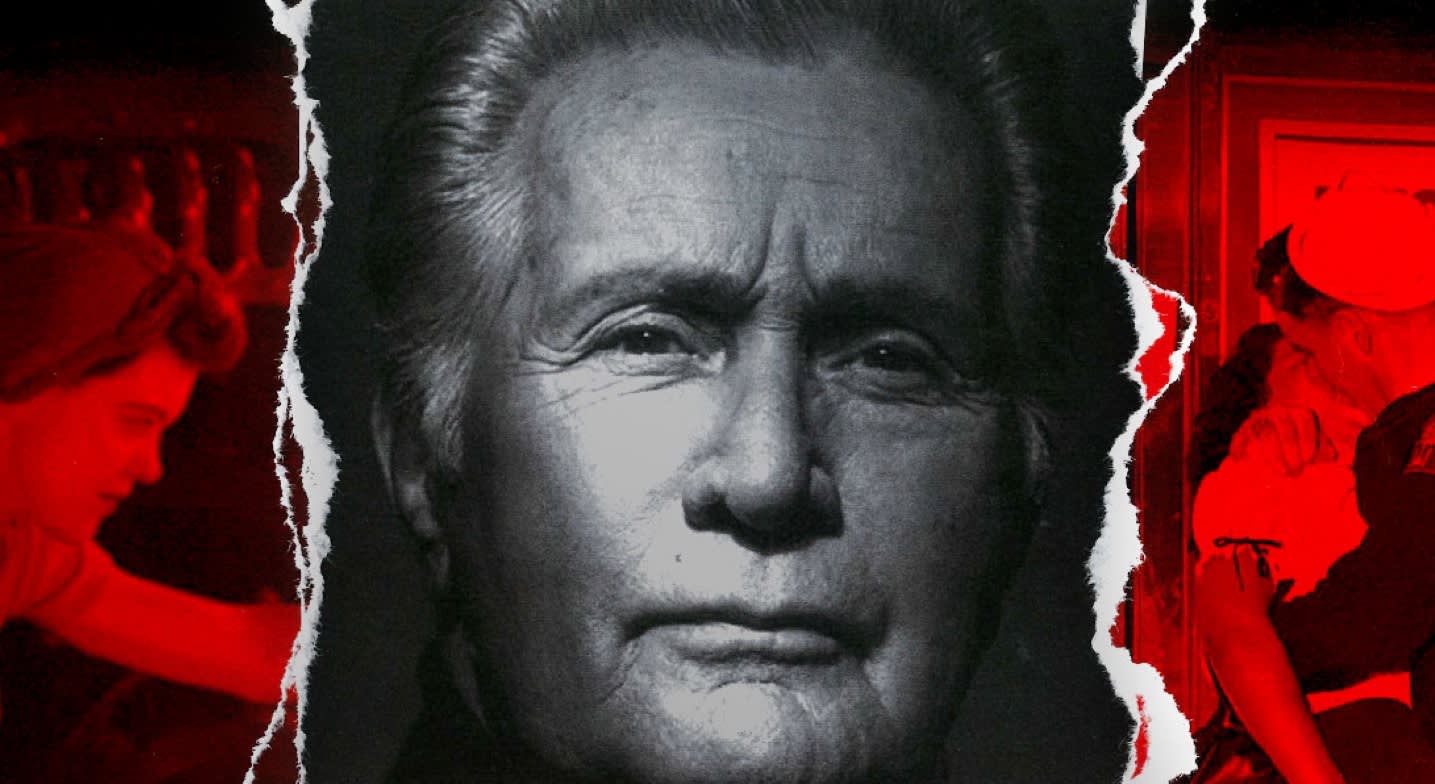Forget what you think you know about America during World War II. Movies like Saving Private Ryan and Dunkirkonly tell half the story -- the story of what happened abroad. But there's so much more about the world of the Greatest Generation that is brought to life by The Home Front: Life in America During WWII, the new Audible Original Series featuring the evocative voice of Martin Sheen. The 16-part audio series draws upon a vast library of archival recordings taken during the years leading up to and during World War 2. You hear voices of Americans displaying the sorts of emotions that don't translate into a history textbook as they recount the hard realities faced at home and within US ranks, even as we went to war against the Nazis.
"We were divided on some deeply shaky ground," says Sheen of revelations he gleaned while researching this project. "I knew about the horrible racism in our country. And I knew about the racism in the armed services in the war. But I didn't know the extent, the depth, and the damage that that did to our country."
The candid interviews in The Home Front: Life in America During WWII give us a fresh view of this monumental time in American history and leave us with five major lessons that resonate today:
Racial hatred divided the country throughout WWII.
The scope and brutality of the violence during the war is an eye-opening and stark contrast to the celebrations of national unity that we often associate with the time period. "1943 became one of the country's most racially violent years of the 20th century," begins one episode titled "Zoot Suit." By the end of the year, racial violence had broken out in at least 47 cities nationwide-- including the infamous "zoot suit riots" in Los Angeles, in which Mexican-American citizens were beaten and dragged naked through the streets.
Prejudice was a terrifying reality in the armed forces, as well.
The military, previously considered the pantheon of self-discipline, was not exempt from the violence and division that plagued the United States. "Racism against African-American soldiers in the military was institutionalized. They were segregated into their own units and limited in what duties they could performed." Historian J. Todd Moye points out, "They did not want to get into a situation where they had African-Americans giving orders to whites. They were absolutely opposed to that and they were determined, because the United States was segregated, the United States as a whole practiced white supremacy... so you can't expect the army to get out in front in matters of integration."
Life for Rosie the Riveter wasn't always so rosy.
For the first time, women were taking jobs in factories, warehouses, and shipyards across the country. Some were enlisting. It was a great leap forward for women in the workplace, but for many it came at a humiliating--or even deadly--cost. In Hawaii, the U.S. military shipped sex workers from San Francisco to a brothel and made them serve the soldiers. Women were cast as enemy carriers of disease in official propaganda. "There's a horrible poster that shows skeletal women in evening gowns walking with Hirohito or Hitler and it said 'the worst of the three,' implying that the women who carried these diseases were worse than Hitler," recalls historian Emily Yellin.
Anti-Semitism in the United States was rampant.
At a time when Jewish people faced an existential threat in Europe, their greatest hope and perceived lifeline across the ocean was struggling with its own ambivalence. Celebrated aviator Charles Lindbergh, one of the era's biggest celebrities, was a tacit supporter of the Nazi party and staunchly against U.S. intervention. Lindbergh's "enormous popularity helped him find sympathy among many Americans for his pro-Nazi and anti-Semitic views," we learn in episode 3: "To Isolate or to Intervene?" On the radio, Father Charles Coughlin of Detroit built an audience of 30 million listeners by spewing anti-Semitic rhetoric. One listener recalls, "They were calling Roosevelt 'Rosenfeld;' they were calling the New Deal the 'Jew Deal' and that we were fighting the war for the Jews." The U.S. government was often complicit. When a refugee ship called the St. Louis arrived on American shores, they were turned away and a third of its passengers died in the Holocaust. Then in 1944, it was revealed that "The State Department had deliberately covered up news of the Nazi death camps."
Ingenuity was part and parcel of the war machine.
Not everything in World War II America was grim. While it was a period of tension, anxiety and shortage, it was also an incubator for ingenuity. The United States built up "uninterrupted production," in the words of President Roosevelt, so that they and their allies could "maintain control of the seas and attain control of the air--not merely a slight superiority, but an overwhelming superiority." Production of consumer goods like toaster ovens and automobiles, finally within economic reach of many American citizens, was halted so companies could make war devices that they had sometimes never even heard of before. Historian Maury Klein relays this anecdote: "The war department asked the president of Chrysler, for example: 'Could you make us X-thousand number of tanks?' And the president responded: "I don't see why not. What's a tank?'"
While these struggles are not playing out exactly the same way at home and abroad, many of them still haunt us today. Listening to this 16-part series, which subtly draws parallels between current events and those of the 1940s, can help us see how far we still have to go to truly overcome these conflicts -- and maybe teach us how to get there.





